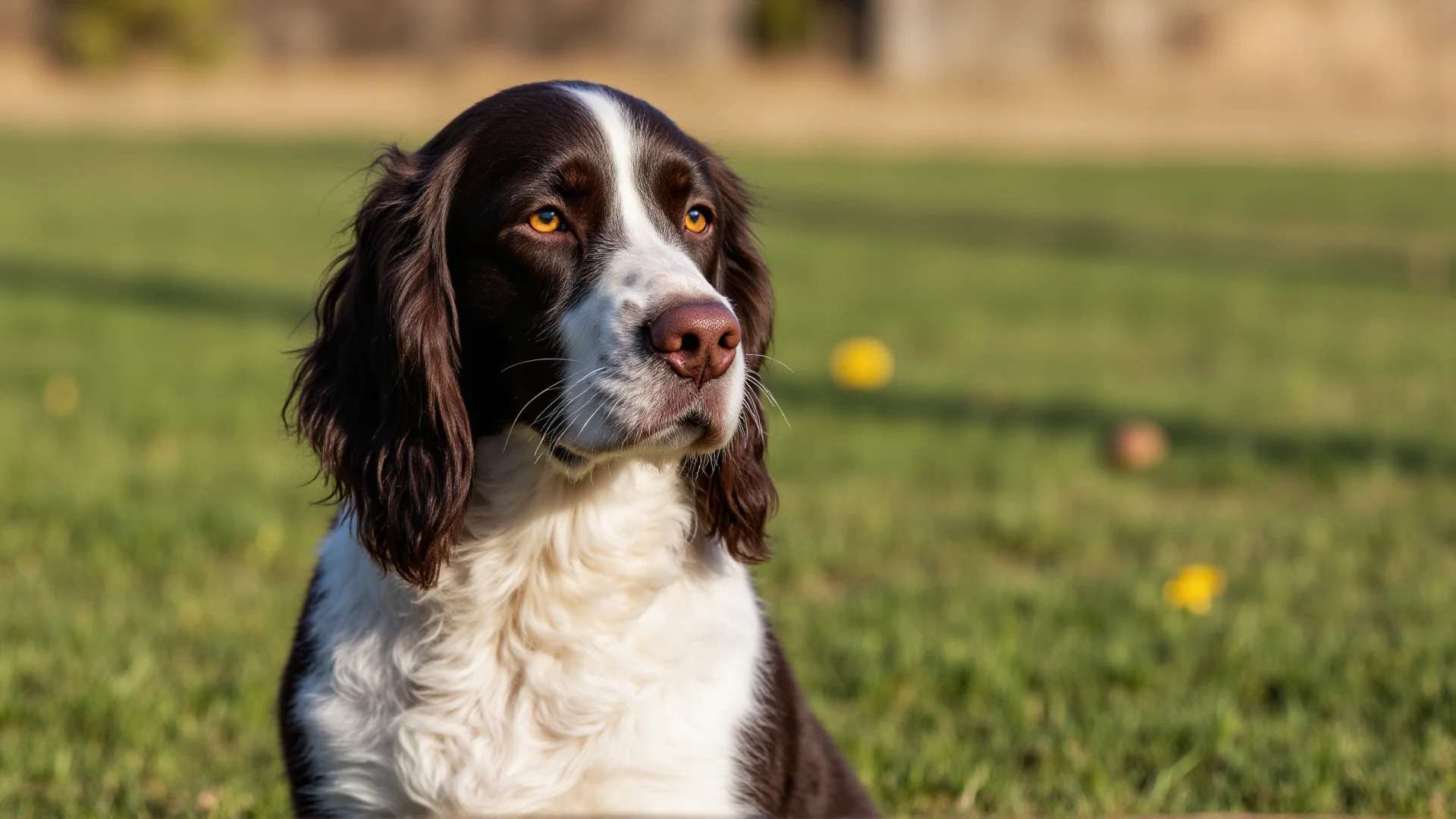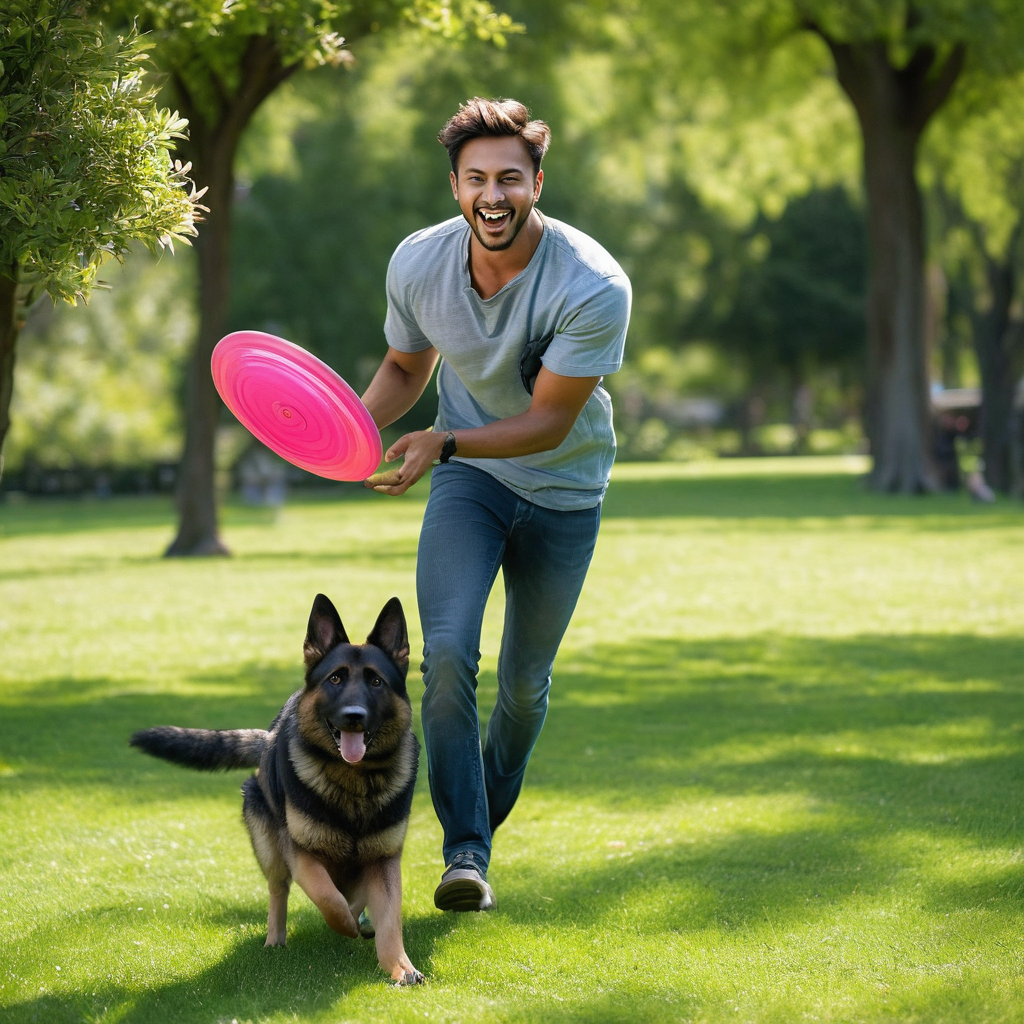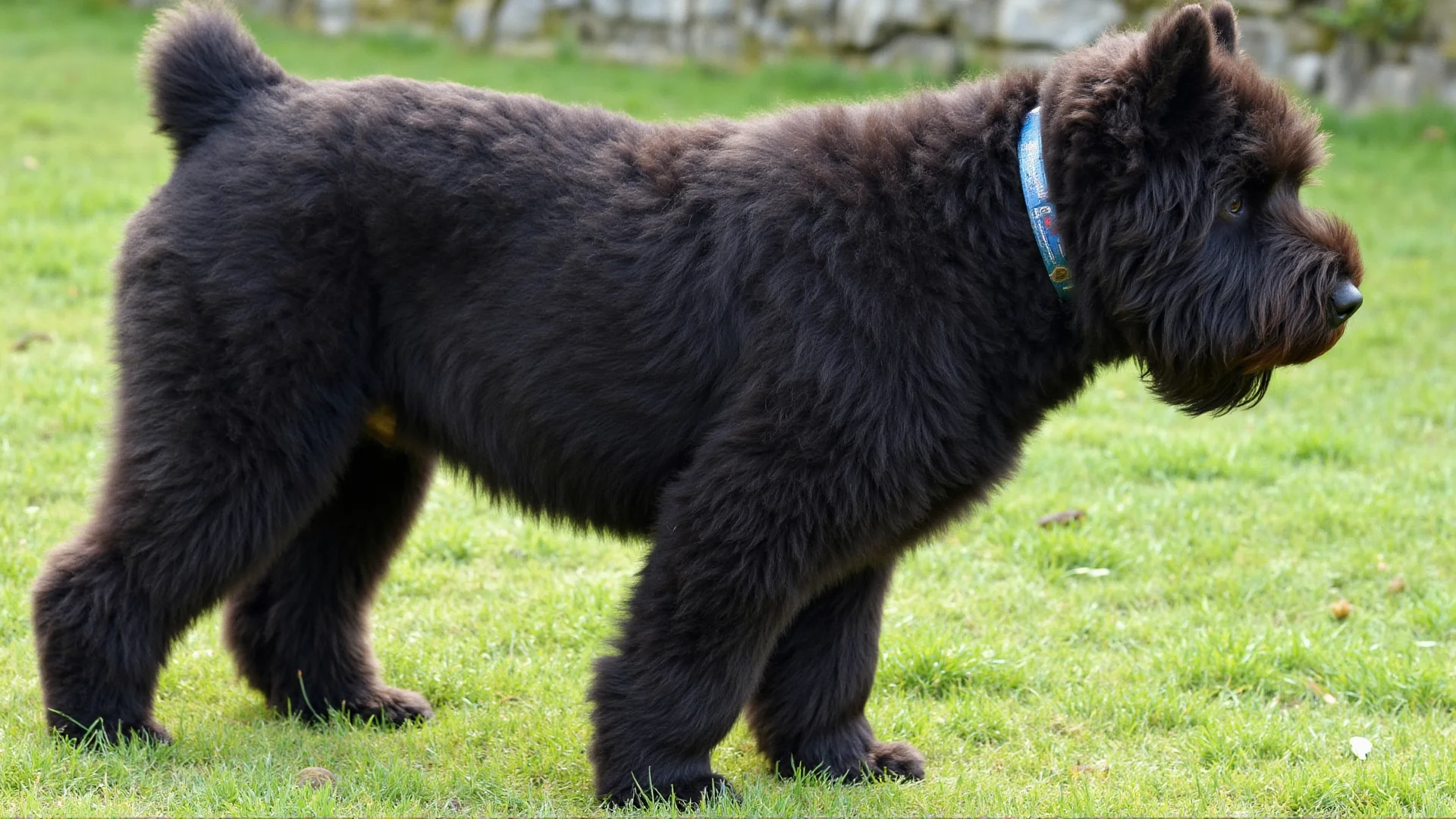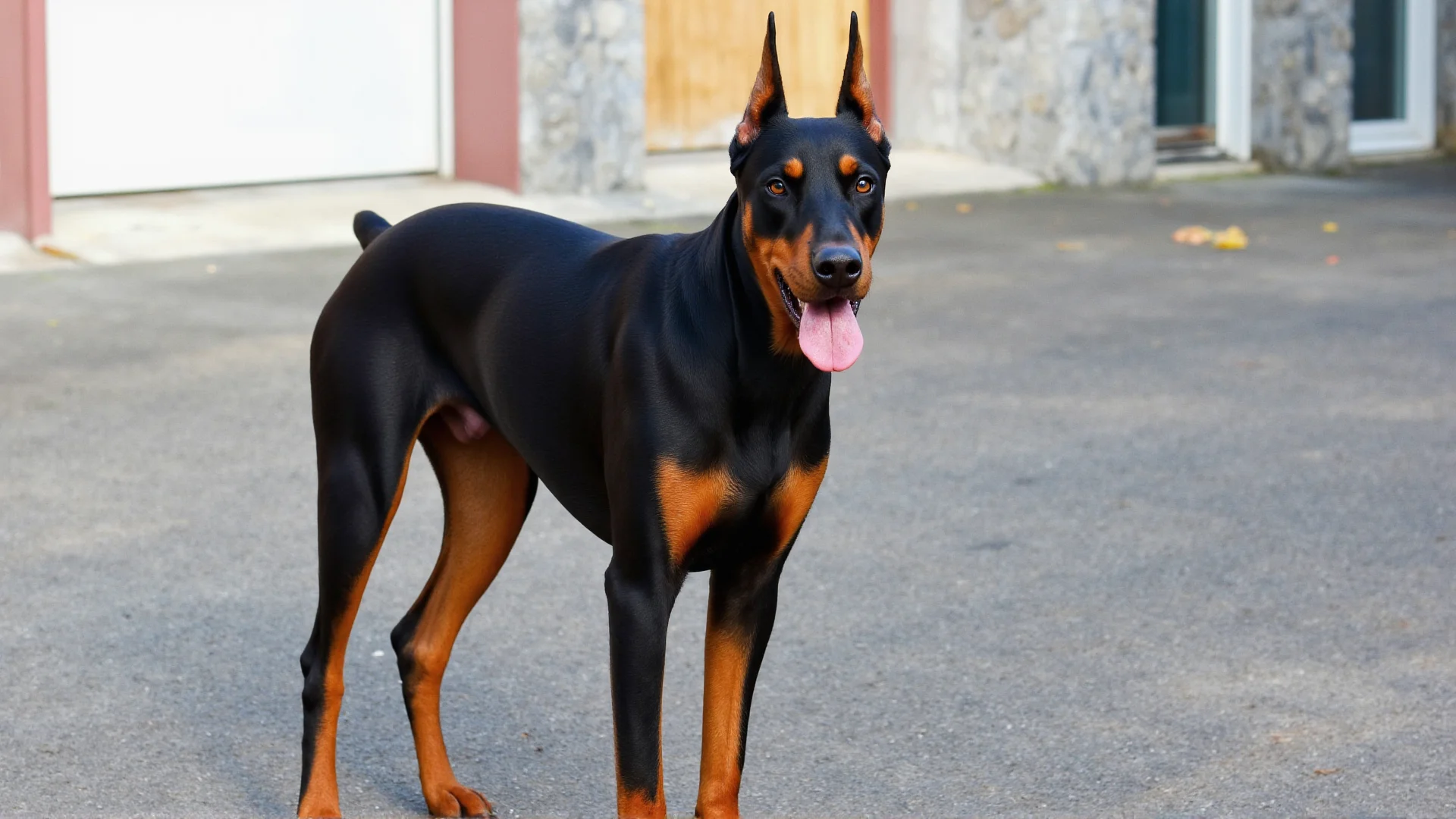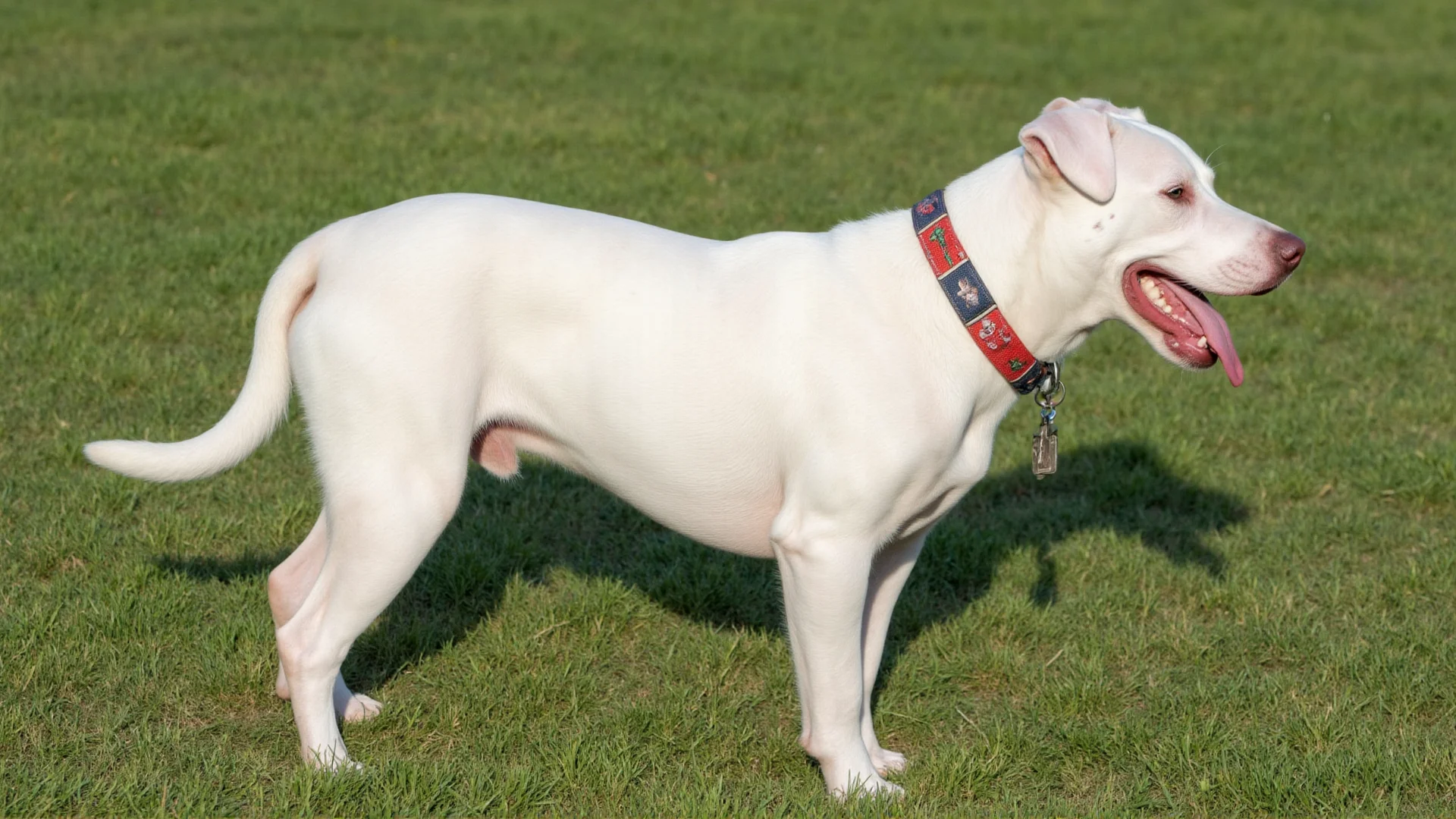English Springer Spaniel: The Ultimate Hunting Companion - Complete Guide for Hunters
The English Springer Spaniel stands as one of the most versatile and capable hunting dogs in the sporting group. With their boundless energy, exceptional nose, and unwavering loyalty, these medium-sized gundogs have earned their place as premier hunting companions for upland game birds and waterfowl alike.
The Heritage of a Champion Hunter
The English Springer Spaniel's hunting lineage dates back to the 16th century in England, where they were originally bred to "spring" game birds from dense cover. This natural instinct to flush birds into the air for hunters remains deeply ingrained in the breed today. Their name literally comes from their job - to spring or startle game birds from hiding spots, making them accessible to hunters with guns or nets.
These dogs were meticulously developed to work in England's diverse terrain, from thick hedgerows to marshy wetlands. This versatility has made them adaptable to various hunting conditions across different continents, making them equally at home in American woodlands, Canadian prairies, or European moors.
Physical Attributes That Define Excellence
The English Springer Spaniel's physical build is perfectly engineered for hunting performance. Standing 19-20 inches tall and weighing between 40-50 pounds, they possess the ideal size for navigating dense cover while maintaining the stamina for long hunting days.
Key Physical Features for Hunting:
- Weather-Resistant Coat: Their double-layered coat provides excellent protection against thorns, cold water, and harsh weather conditions
- Powerful Hindquarters: Built for explosive speed and endurance, essential for covering vast hunting grounds
- Webbed Feet: Natural swimming aids that make them exceptional water retrievers
- Scissor Bite: Perfect for soft-mouth retrieval without damaging game birds
- Alert Expression: Intelligent eyes that constantly scan for game and respond to hunter signals
Hunting Capabilities and Specializations
Upland Game Hunting
English Springer Spaniels excel in upland bird hunting, particularly with pheasants, grouse, woodcock, and quail. Their methodical quartering pattern covers ground efficiently while staying within gun range. They possess an innate ability to read wind direction and use it to their advantage when tracking scent trails.
Waterfowl Hunting
While not as commonly used for waterfowl as Labradors or Chesapeakes, well-trained Springers are excellent duck hunters. Their enthusiasm for water work and natural swimming ability make them capable water retrievers, especially in smaller ponds and marsh areas.
Tracking and Recovery
One of the Springer's most valuable hunting traits is their exceptional nose and determination in tracking wounded game. They will persistently follow blood trails and recover birds that might otherwise be lost, making them invaluable for ethical hunting practices.
Training Your English Springer Spaniel for Hunting
Early Foundation Training (8-16 weeks)
Start with basic obedience commands that are crucial for hunting:
- Sit/Stay: Essential for steady positioning during bird flushes
- Come/Here: Critical for safety and control in the field
- Heel: Keeps your dog positioned properly while walking to hunting areas
- Whoa: The most important hunting command - freezes the dog in place
Introduction to Gunfire
Gradually introduce your Springer to gunfire sounds, starting with cap guns at a distance during positive activities like feeding or playing. Never rush this process, as gun-shy dogs are extremely difficult to rehabilitate.
Scent Work and Bird Introduction
Use bird wings or frozen game birds to introduce your dog to the scent and feel of game. Hide wings around your yard and encourage your dog to find them, building their natural hunting drive and scent discrimination abilities.
Water Training
Start water introduction in warm, shallow water during summer months. Make it fun and positive. Gradually increase depth and distance, and introduce retrieving bumpers from water before progressing to actual birds.
Advanced Field Training
Once basic commands are solid, work on:
- Quartering patterns within gun range
- Honoring other dogs' points or flushes
- Blind retrieves using hand signals and whistle commands
- Working in different terrain and weather conditions
Hunting Equipment and Gear
Essential Gear for Your Springer
- GPS Collar: Crucial for tracking your dog in dense cover
- Protective Vest: Shields against thorns and provides visibility
- First Aid Kit: Include tweezers for thorn removal and wound care supplies
- Training Whistle: For long-distance communication
- Check Cord: 30-50 foot training lead for field work
- Bumpers and Birds: For training retrieves
Health and Conditioning for Hunting
Physical Conditioning
Hunting-fit Springers need regular conditioning year-round. Start conditioning programs 6-8 weeks before hunting season with gradually increasing exercise. Swimming is excellent low-impact conditioning that builds endurance without stressing joints.
Nutrition for Active Hunters
Hunting dogs require higher protein and fat content than house pets. During hunting season, you may need to increase food intake by 50-100% depending on activity level. Always provide plenty of fresh water, especially during warm weather hunts.
Common Hunting Injuries and Prevention
- Torn Pads: Condition pads gradually and check frequently
- Cuts and Punctures: Carry wound care supplies and know basic first aid
- Heat Exhaustion: Monitor your dog closely in warm weather
- Eye Injuries: Flush immediately with clean water and seek veterinary care
Choosing the Right English Springer Spaniel
Field vs. Show Lines
When selecting a Springer for hunting, understand the difference between field and show lines. Field-bred dogs are typically smaller, more athletic, and have stronger hunting instincts. Show-bred dogs are larger, have more coat, and may have less intense hunting drive.
What to Look for in a Hunting Prospect
- Strong retrieve instinct from an early age
- Curious, bold personality
- Good food motivation for training
- Parents with proven hunting ability
- Health clearances for hips, elbows, and eyes
Seasonal Hunting Strategies
Early Season (September-October)
Focus on areas with water sources where birds concentrate. Springers excel in cattail marshes and creek bottoms where their size allows them to navigate thick cover that stops larger dogs.
Mid-Season (November-December)
As cover thins and birds become warier, your Springer's methodical hunting style becomes invaluable. They excel at working shelter belts and fence rows where birds seek protection.
Late Season (January-February)
Focus on thermal cover and food sources. Your dog's conditioning and training will be tested as birds are concentrated in smaller areas and weather conditions are harshest.
Building a Lifelong Hunting Partnership
The relationship between a hunter and their English Springer Spaniel goes far beyond the hunting field. These dogs form incredibly strong bonds with their handlers and thrive on the partnership aspect of hunting together. Regular training sessions throughout the year, not just before hunting season, maintain their skills and strengthen your communication.
Remember that every dog develops at their own pace. Some Springers are natural athletes who take to hunting immediately, while others need more time and patience to develop their full potential. The key is consistent, positive training that builds confidence and maintains their natural enthusiasm for hunting.
